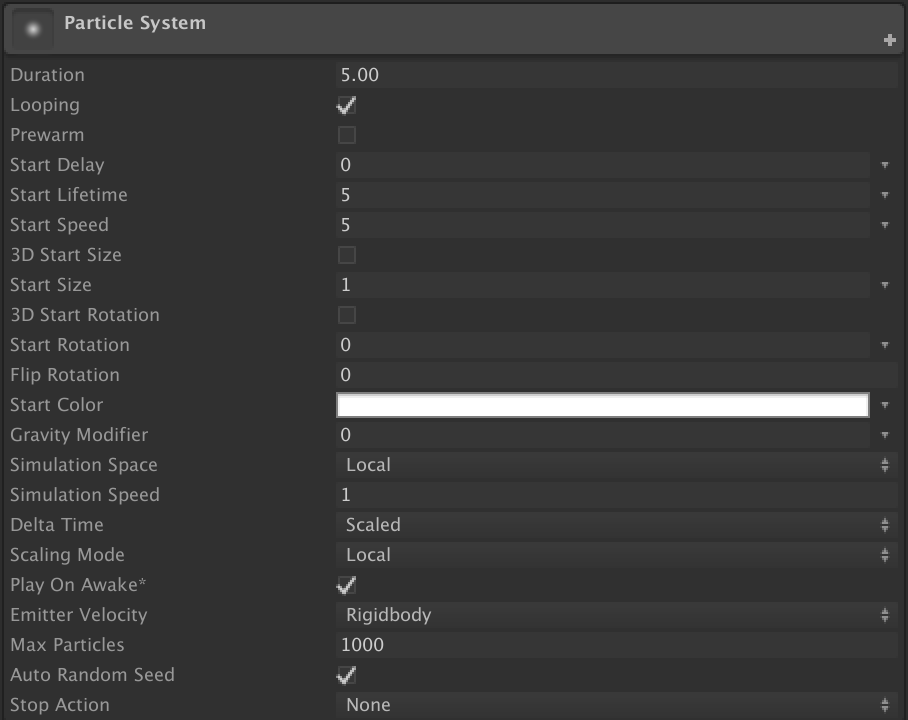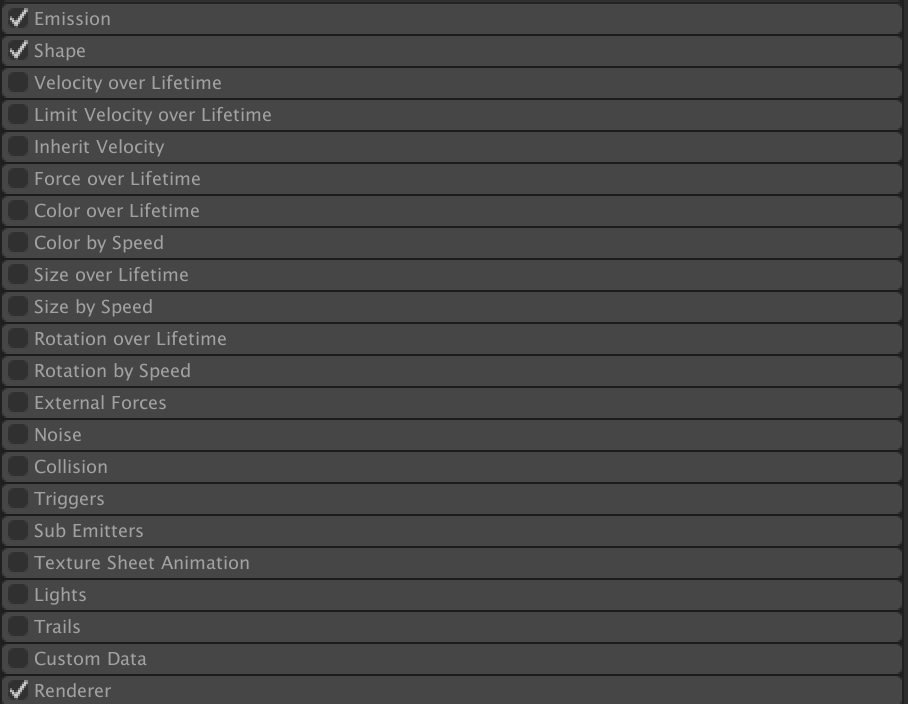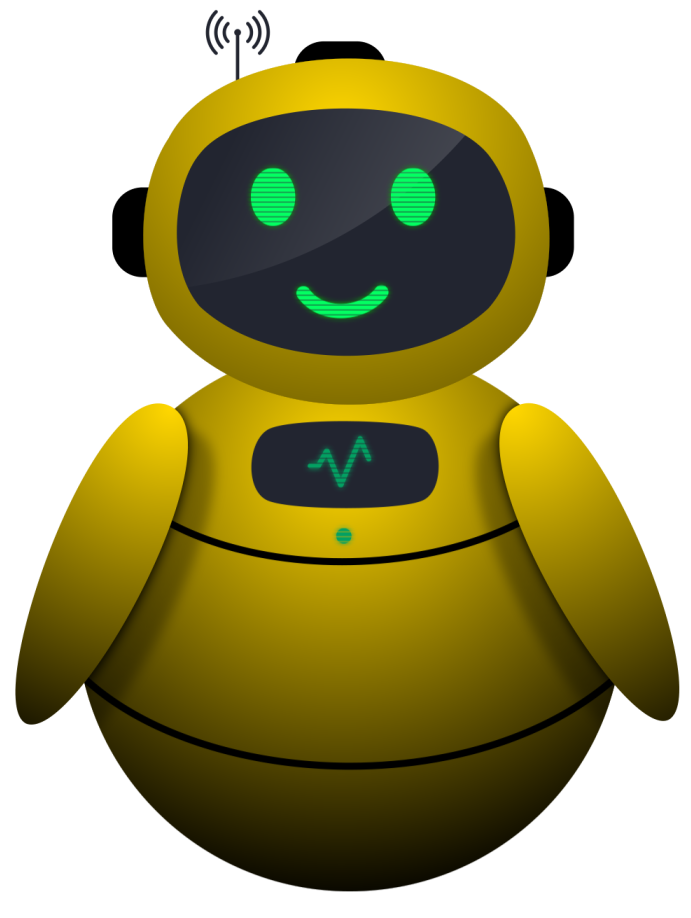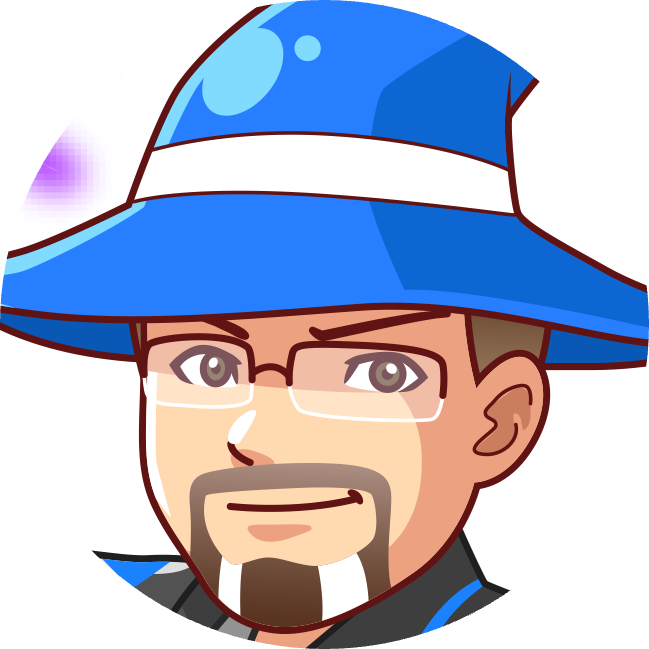Particle Systems are used for things that can't be hand keyed or animated and can be used for fire, smoke, fog, rain, or even light streaks. Other use cases could be like when someone is doing battle and you need sparks and dust. Some sort of dynamic behavior that doesn't necessarily need to use physics.

Duration is how long a particle system will live.
Looping, once it reaches the end of its duration, should it start over and being emitting again.
Prewarm is going to make sure that the particle system is already emitting and going whenever the game starts. Otherwise, whenever we would press play, these particles would then begin to start emitting. If the particle system was going to have user interaction, you would want to leave this off.
Start Lifetime is the lifetime of each particle
Speed is how fast these particles move throughout space during their lifetime
Start rotation is going to determine at what point does the rotation begin on each particle
- Randomize (Flip) Rotation takes a value between 0-1. If we leverage 0.5 then half of the particles would rotate.
If you leverage a start color it will tint the texture if you are using one with that color
Gravity Modifier will cause the particle to raise up and then actually drop down

The Emission section in Unity will allow us to change the rate or the amount of particles that are emitted from the emitter.
The Shape section is going to change the volume in which the particles are emitted from.
Velocity is going to push the particles based on the speed. This can also receive velocity data so that we can do things like changing color over velocity.
Change color over lifetime or by speed
Modify the size of the particle over a lifetime
Ability to change the rotation of each particle by lifetime or speed.
Particles can also be impacted by external forces such as wind.
We can have particles collide with other objects and also assign triggers.
Sub Emitters example can be where each flame of a fire could also emit a smoke particle or a spark.
Texture Sheet Animation allows us to create better looking particles with a texture sheet that will animate based on a few parameters
Add lights to each particle so that whenever a particle move troughs the air it will emit a light and change the lighting information based on that.
For this lesson, the result is posted in the video I first posted in my Day 1 journey. I stopped here after going back through the training again as I wanted to test out a fire asset from the Unity Store. The below is from leveraging Realistic Fire VFX by Luke Peek.
The below are just notes that I took while going through the training.
Smoke Example - Duration - 1
- Looping - True
- Prewarm - True
- Start Lifetime - 1
- Start Speed - 2
- Start Size - 2
Fountain/Fog along the ground Example - Duration - 1
- Looping - True
- Prewarm - True
- Start Lifetime - 1
- Start Speed - 2
- Start Size - 2
- Gravity Modifier - 1
Fire Example - Duration - 1
- Looping - True
- Prewarm - True
- Start Lifetime - 1
- Start Speed - 2
- Start Size - 1.5
- Start Rotation - 0 - 10
- Randomize Rotation - 1
- Shape
- Cone
- Angle - 0
- Radius 0.25
- Texture Sheet Animation - True
- Renderer
- Material


